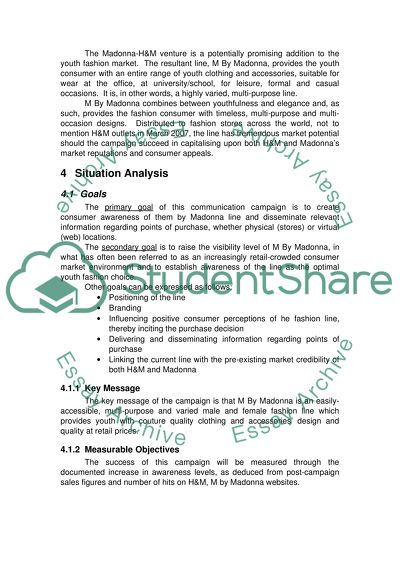Cite this document
(Marketing and Communication Strategy: Promotion Case Study, n.d.)
Marketing and Communication Strategy: Promotion Case Study. Retrieved from https://studentshare.org/marketing/1520230-hm-communication-campaign
Marketing and Communication Strategy: Promotion Case Study. Retrieved from https://studentshare.org/marketing/1520230-hm-communication-campaign
(Marketing and Communication Strategy: Promotion Case Study)
Marketing and Communication Strategy: Promotion Case Study. https://studentshare.org/marketing/1520230-hm-communication-campaign.
Marketing and Communication Strategy: Promotion Case Study. https://studentshare.org/marketing/1520230-hm-communication-campaign.
“Marketing and Communication Strategy: Promotion Case Study”, n.d. https://studentshare.org/marketing/1520230-hm-communication-campaign.


